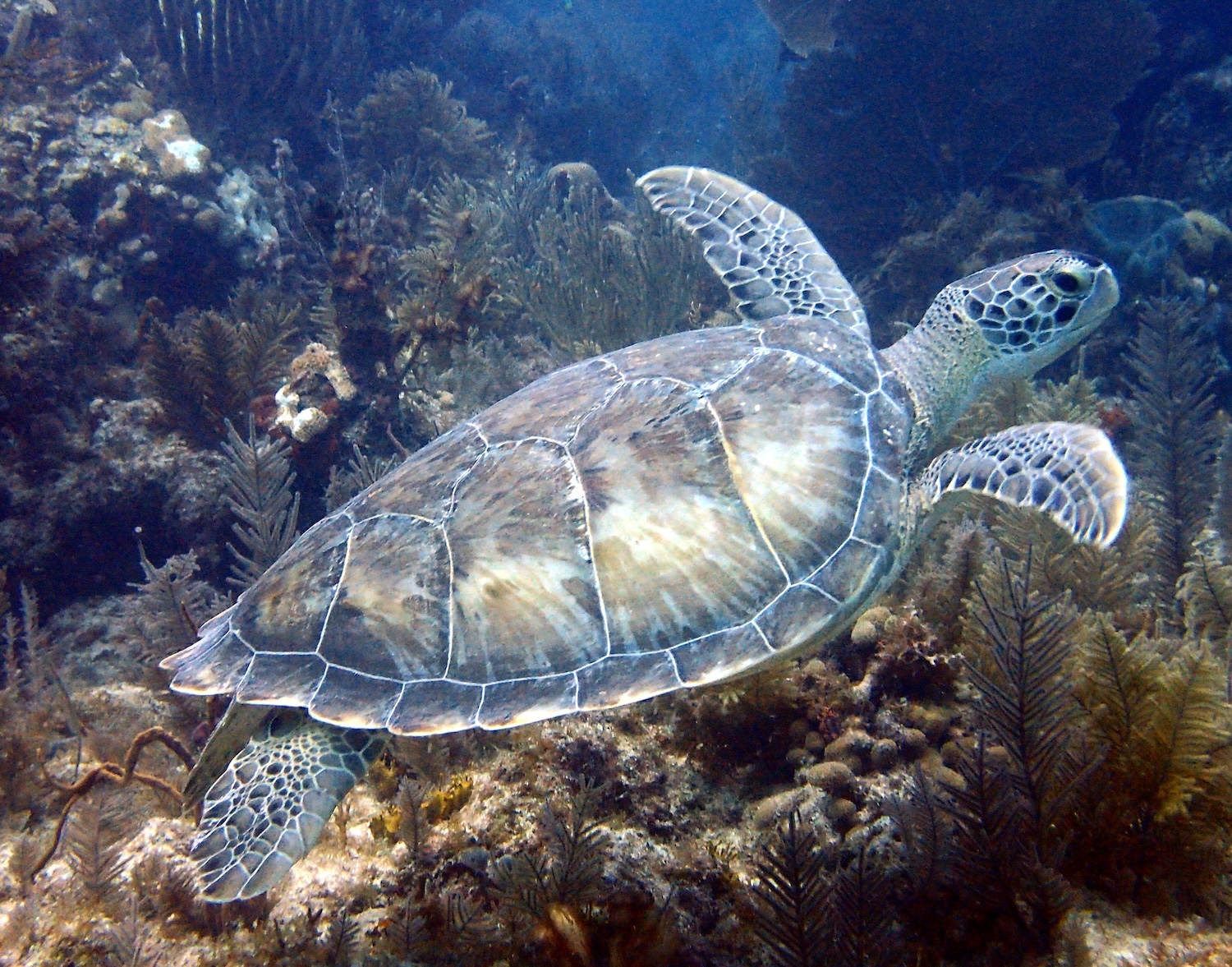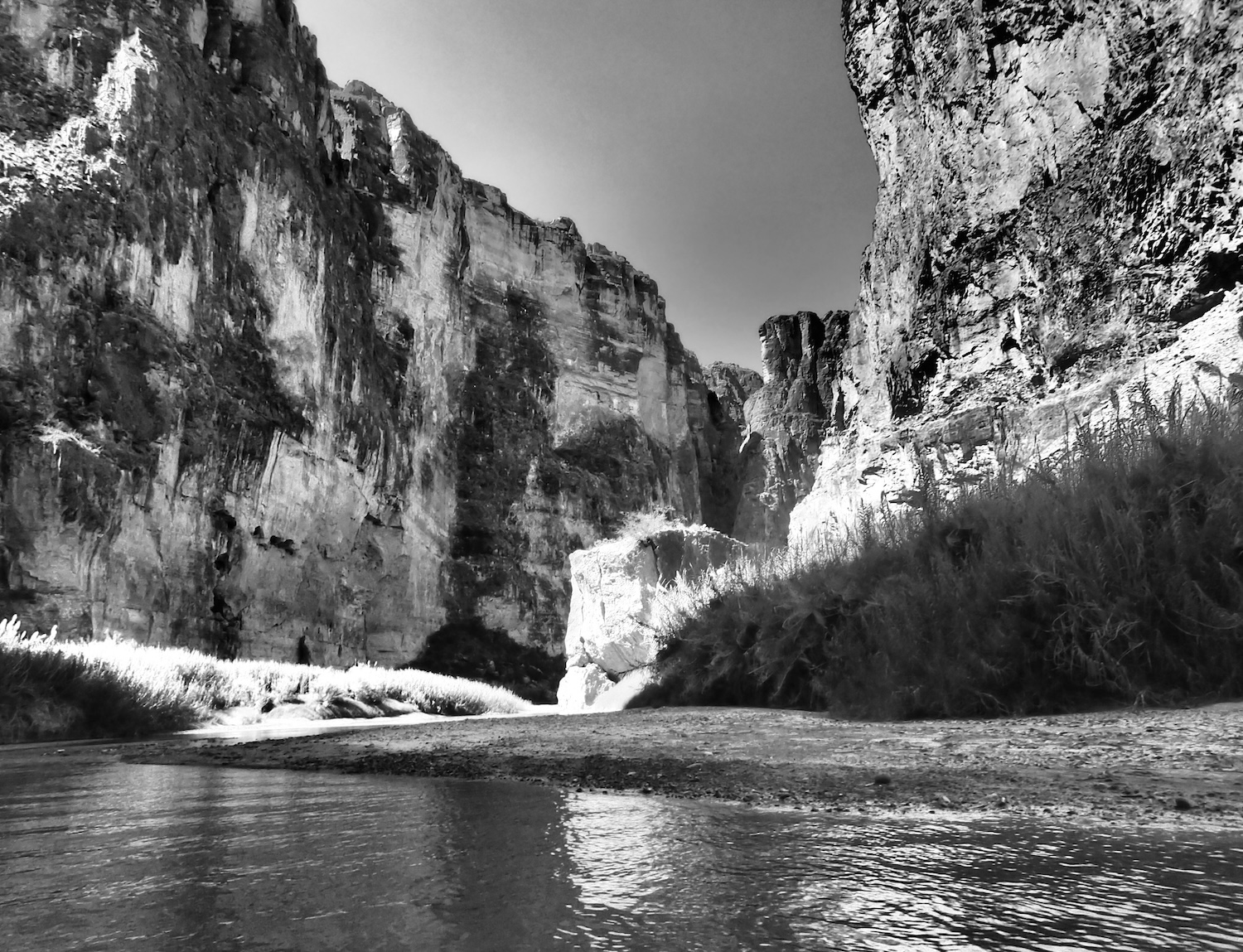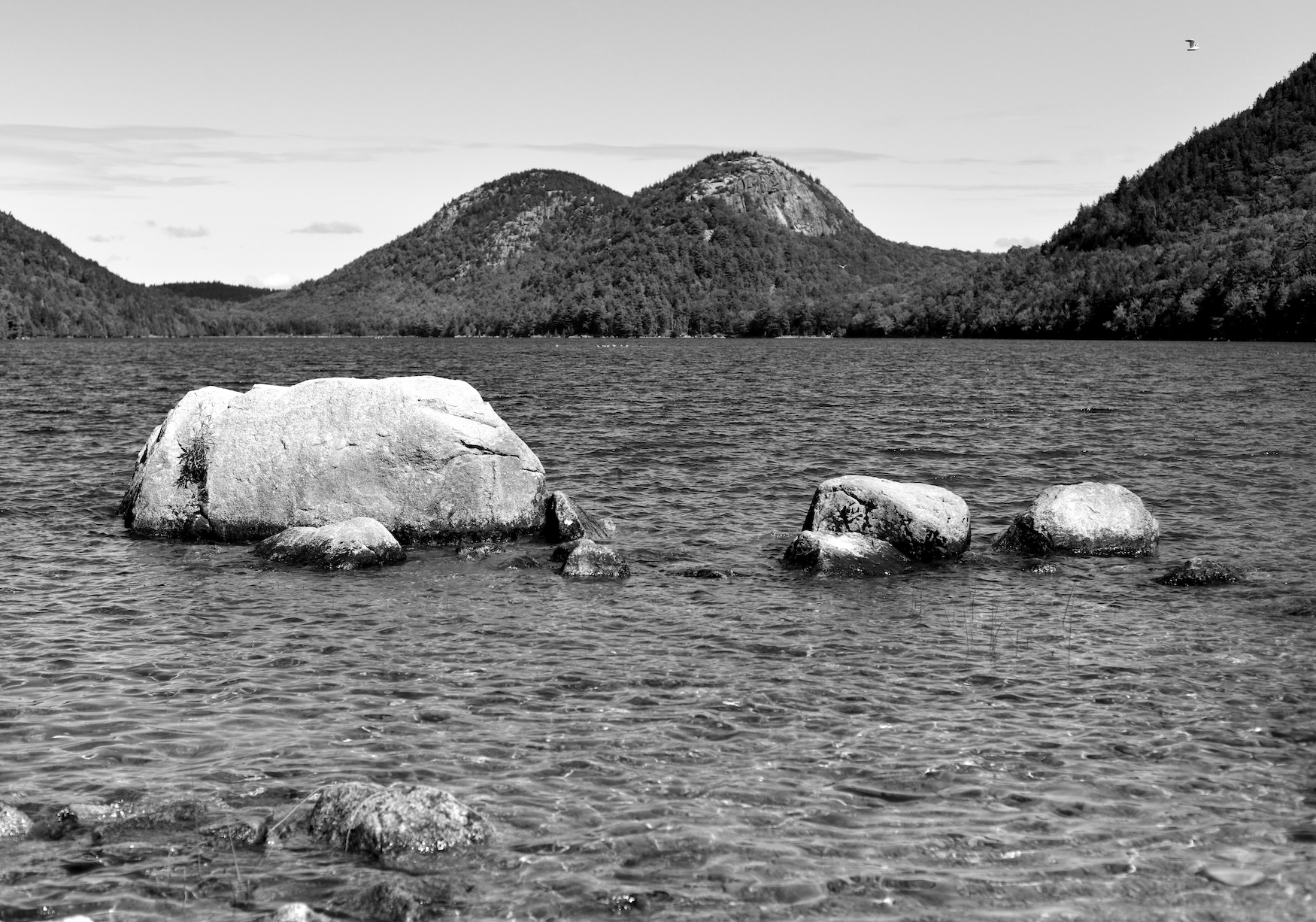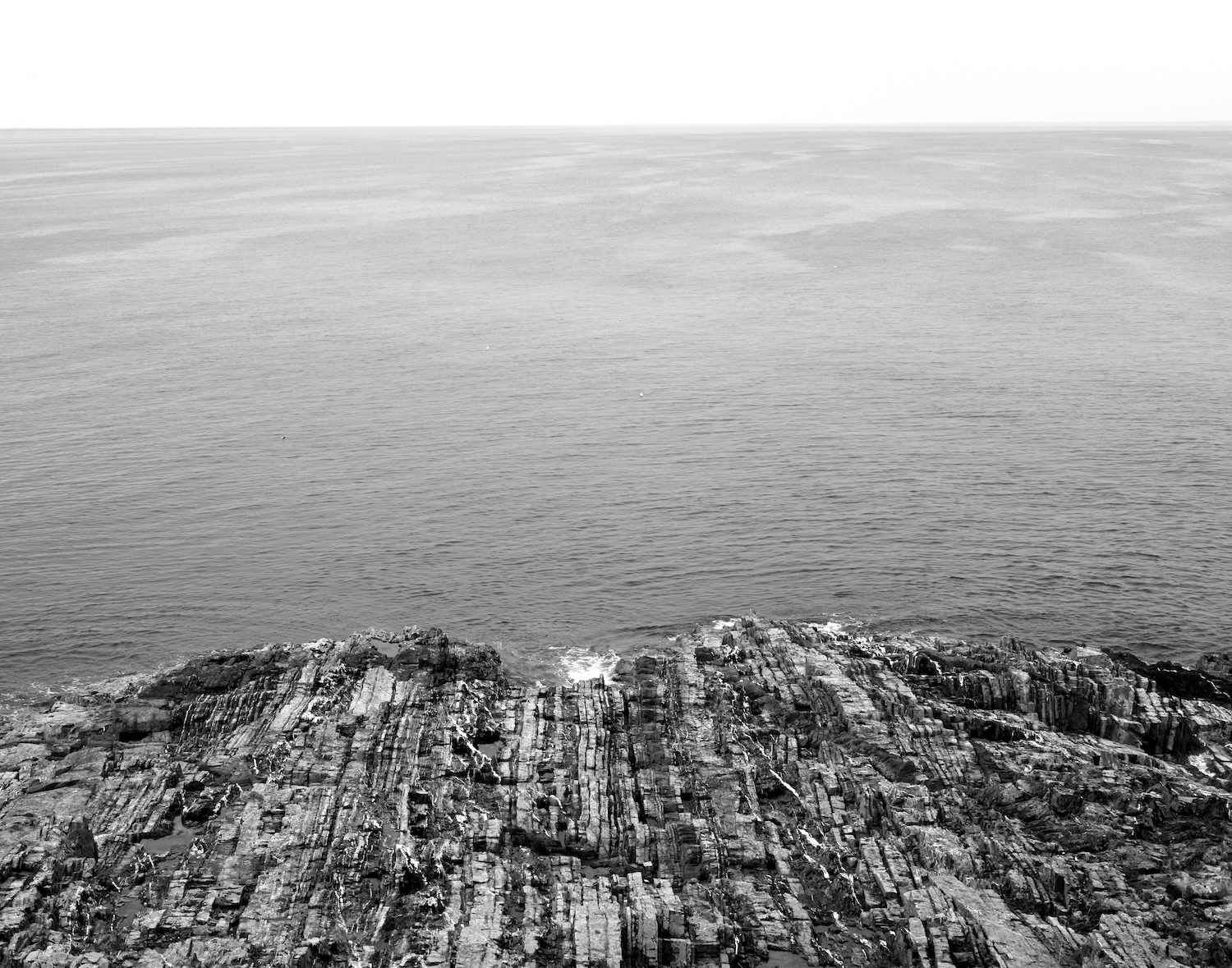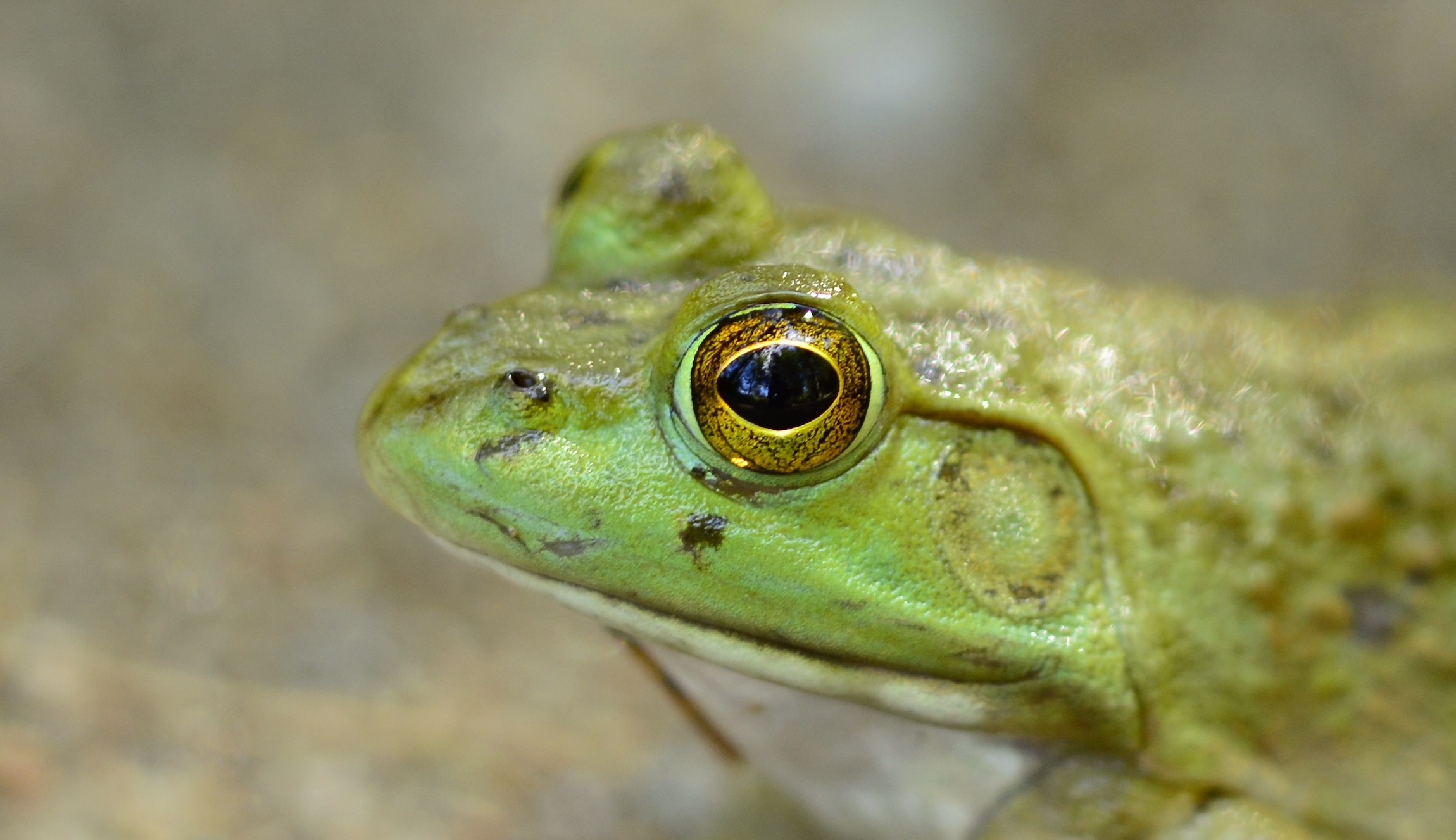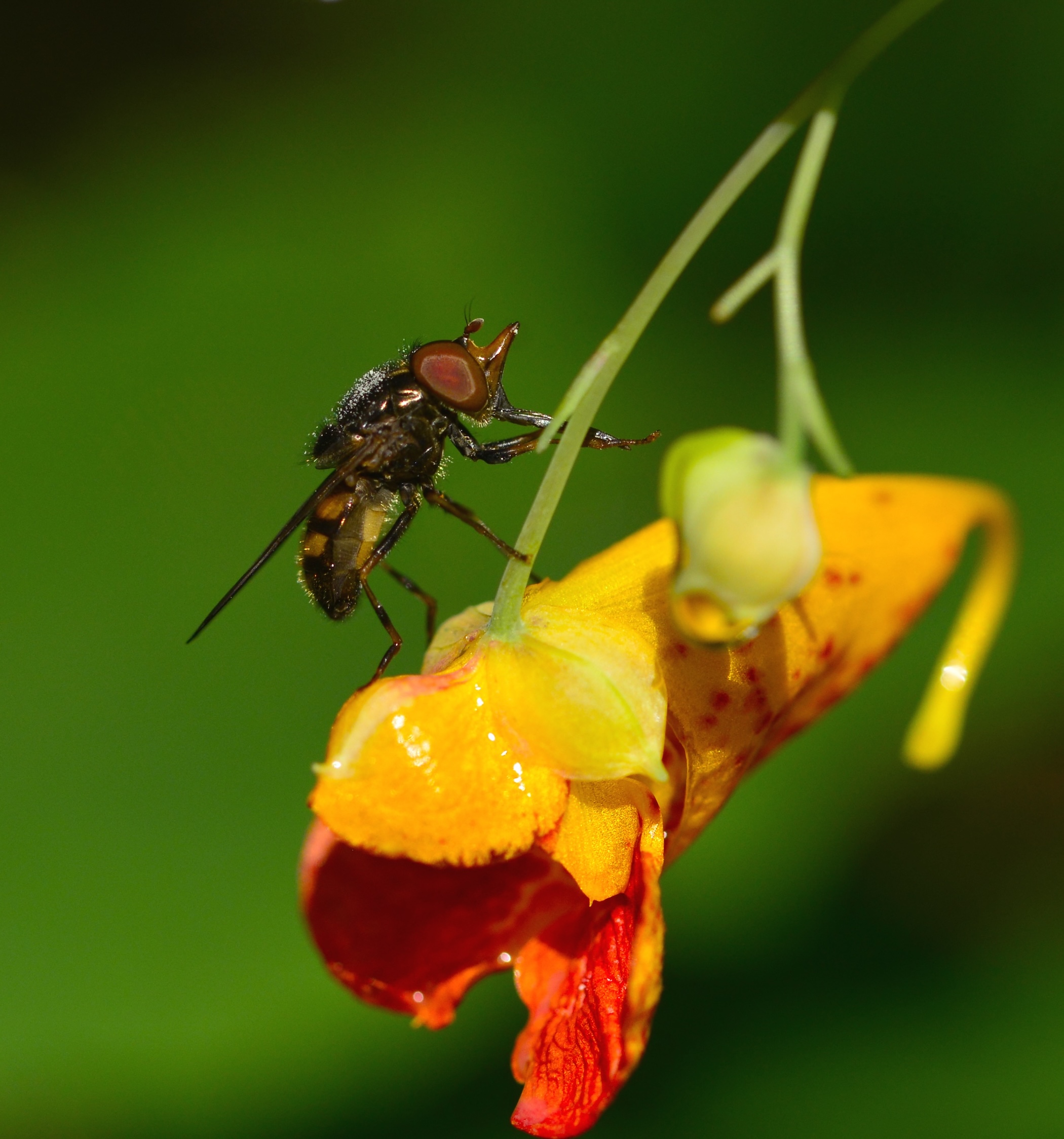Florida Softshell Turtle – IUCN Conservation Status: Least Concern They get this name from their cartilaginous carapace This is Virgil the Turtle. Virgil is a Florida softshell turtle that lives near Williston, Florida. Williston is a small town about half an hour south of Gainesville. North Central Florida is known for its fresh water springs, caverns, and caves. Virgil […]
Green Sea Turtle Swimming
Green Sea Turtle – IUCN Conservation Status: Endangered Green sea turtles are a common sighting in the Florida Keys Green turtles are a common sighting in the Florida Keys. They appear similar to a hawksbill turtle, however there are some identifying features we can look for. The green sea turtle bill is not beak-like. Hawksbills have a […]
Hawksbill Sea Turtle
Hawksbill – IUCN Conservation Status: Critically Endangered Hawksbills are smaller turtles than similarly looking green turtles This small hawksbill turtle is drifting with the current. Adult hawksbills will grow to about three feet long and weigh around 180 pounds. This little turtle was less than a foot long. We were able to snorkel with it for a short […]
Rio Grande
Rio Grande – Big Bend National Park The Rio Grande is almost 1,900 miles long This photo was taken on a canoe trip down the Rio Grande River in Texas. Ben and I were visiting Big Bend National Park. The left side of the river is Mexico and the right side of the river is the United […]
Jordan Pond
Jordan Pond – Acadia National Park This is the deepest body of water in Acadia reaching depths of 150 feet My favorite place east of the Mississippi River is Acadia National Park. This beautiful national park is located on an island along the northeast coast of Maine. It is not far from the most easterly part of […]
Cape Neddick
Cape Neddick – Nubble Lighthouse The lighthouse is 41 feet tall There is nothing like the Maine coastline. This is a dynamic environment with large tidal exchanges. In fact, the high tides during certain lunar events can be almost eleven feet above the normal sea level. To help protect boaters in these treacherous waters, a lighthouse was built. Construction […]
Great Blue Heron
Great Blue Heron – IUCN Conservation Status: Least Concern Great blue herons have a lethal weapon built into their head–their beak This majestic aviator is a great blue heron. With this month’s theme of “Zoomed In” you can get a good look at their decorative plumage. Great blue herons have a lethal weapon built into their head–their […]
Dusky Birch Sawfly
Dusky Birch Sawfly – iNaturalist The dusky birch sawfly has an interesting lifecycle This tiny green caterpillar looking creature is called a dusky birch sawfly. As the name suggests, the host plant this species prefers is the birch tree. It can be found throughout the United States, but is typically seen in the eastern United States. I took […]
American Bullfrog
American Bullfrog – IUCN Conservation Status: Least Concern They capture and consume unsuspecting lizards, snakes, rodents, crayfish, insects, snails, and worms This captivating eye belongs to an American bullfrog. Similar to other species, these are highly aquatic creatures. These frogs are native to eastern North America and are often seen near permanent water sources such as lake, […]
Spotted Touch-Me-Not
Spotted Touch-Me-Not – IUCN Conservation Status: Least Concern This beautiful flowering plant is native to North America and is commonly found around creeks This photo was taken while Jill and I were walking around the top of Haleakala after having watched the sunrise on her birthday. We were in Hawaii for our honeymoon, staying on […]

